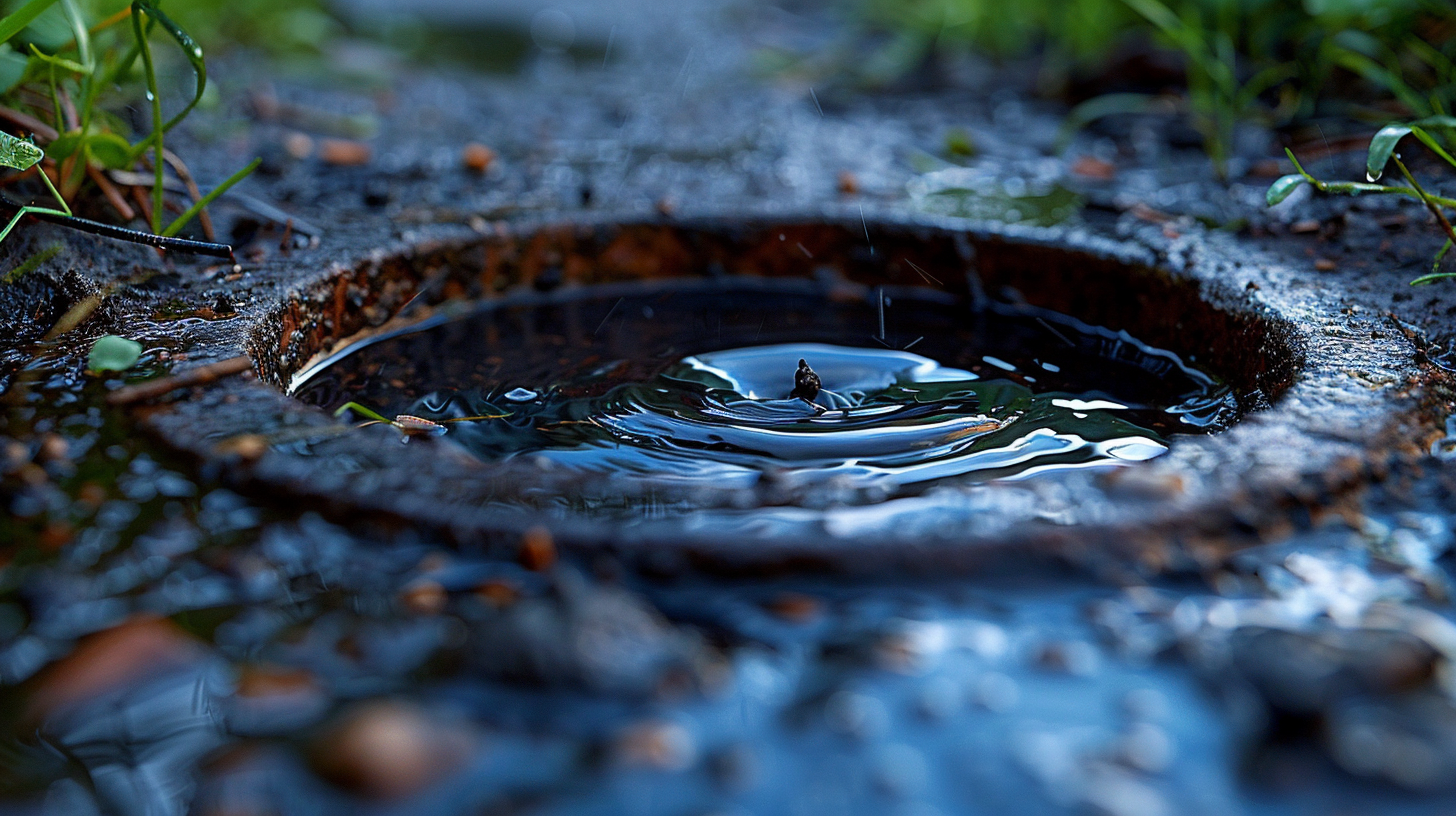Key points
Contents
- 1 Key points
- 2 Common Causes of Clogs in Drain Fields
- 3 Guide Structure and Objectives
- 4 Identifying Drain Field Issues
- 5 When You Really Need a Pro
- 6 Mechanical Solutions
- 7 Aeration Techniques
- 8 Physical Removal of Obstructions
- 9 Biological Solutions
- 10 Bacterial Additives
- 11 Organic Shock Treatments
- 12 Chemical Solutions
- 13 Keeping an Eye on the Drain Field’s Healing
- 14 Adjusting Maintenance Schedules
- 15 Care Tips for Drain Fields Over Time
- 16 Unclogging a Drain Field: Steps
- 17 Frequently Asked Questions (FAQ)
• Keep Up With Upkeep: Make sure you check and look after your drain field regularly to stop blockages. Cut down on how much water you use and don’t throw fats, oils, or things that won’t break down into the trash instead of your drains. Also, keep your septic tank in good shape.
• Clearing Blockages: If tree roots or hard soil are jamming up your system, you might need to pull out the roots or loosen the soil. This can be tricky, so it’s sometimes best to call in the pros, that way you avoid messing up your drain field even more.
• Helpful Bugs: Using bacteria or enzymes could help deal with stuff that’s stuck in your drain field. They eat away at organic clogs and can keep your septic system healthy. Just be picky about which ones you use; some can do more harm than good.
Common Causes of Clogs in Drain Fields
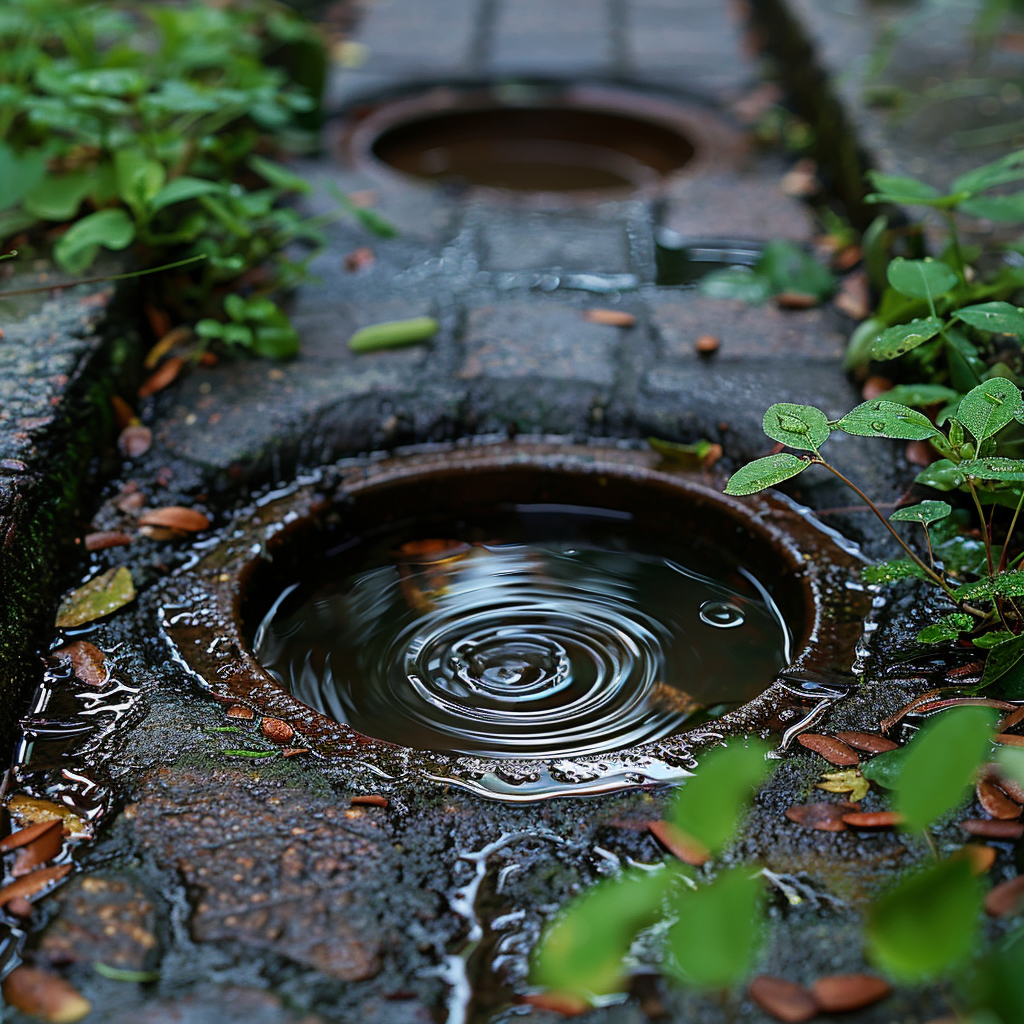
Drain fields often get clogged for various reasons. A substance called biomat, which is made up of organic stuff, can form over time and slow down the water movement. Also, things that don’t break down naturally, using too much water, and a pile-up of solid waste can lead to clogs. These issues can mess up how well the system works. Plus, they might create dirty conditions and hit you with a big repair bill if you don’t deal with them quickly.
Guide Structure and Objectives

This article is crafted to fully explain how to clear a drain field. Its purpose is to give you a step-by-step approach and practical advice on making your clogged system work again. The material is easy to understand, so people with any level of experience can confidently handle clogs. With this handbook, homeowners will learn how to avoid future problems and keep their drain fields working longer.
Understanding how your septic system works is key to taking care of it. Basically, it has two parts: the septic tank and the drain field. They manage home waste where there’s no city sewer system. Let’s look closely at each part and what it does.
Components of a Typical Septic System
Your septic system includes three important parts: the tank, the drain field, and the area where soil absorbs things. The tank gets waste first and splits it. Solids go to the bottom, fats and oils on top, and watery stuff stays in the middle. Then, this water goes through pipes with holes in the drain field, which sit in gravel-filled trenches. In the end, this water filters through the soil before going back into the groundwater.
Signs of a Failing Drain Field
If your drain field isn’t working right, you’ll notice. You might smell bad odors, see wet spots or standing water on top of the field, or have slow drains or backups at home. Gurgling sounds in your pipes can also mean trouble.
To stop clogs before they start, take some preventive steps. Keeping up with regular maintenance is crucial for a healthy system. Here’s what you should do:
Safe Waste Disposal Practices
What you put in your system affects how it works. For a healthy drain field:
- No fats, oils or grease down the sink! They harden and cause blocks.
- Household chemicals like paint or solvents are bad news; they kill good bacteria and can pollute the groundwater.
- Only flush toilet paper and human waste; throw everything else in the bin.
- Think about using products that break down easily and won’t hurt your septic system.
If you follow these tips, you’re less likely to deal with a clogged drain field. Plus, your whole septic system will last longer. Just being smart about how you use water and what goes down the drain makes all the difference in keeping everything running smoothely.
Identifying Drain Field Issues
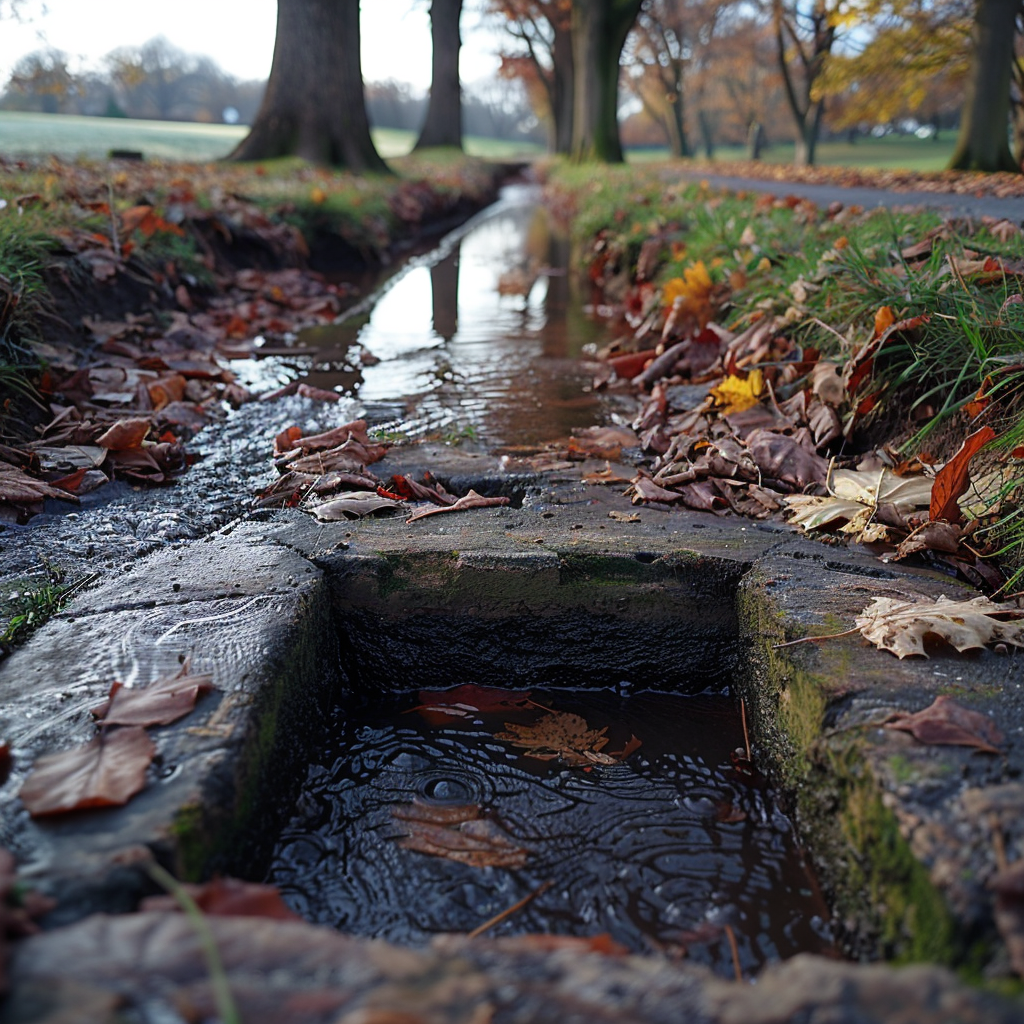
Knowing when your drain field is blocked is crucial for keeping your septic system running well. Watch for wet or soggy spots near the drain field, bad smells, slow-moving drains, or sewage backing up in your house. These are signs that your system can’t handle and clean wastewater like it should.
Symptoms of Clogging
Be on the lookout for clues of a clog. If there’s a nasty stench, your toilet is slow to flush, or sinks don’t empty quickly, you might have a problem. It’s especially serious if you see any raw sewage or standing water over your drain field—that’s definitely a bad sign.
Tools and Techniques for Assessment
To figure out what’s wrong with a drain field, you can try a few things. First, check the septic tank to see if it’s overflowing. If the tank looks okay, test the soil around the drain field to see how well it absorbs water. You can also use a camera to look inside the pipes; this lets you spot blockages without digging everything up.
When You Really Need a Pro
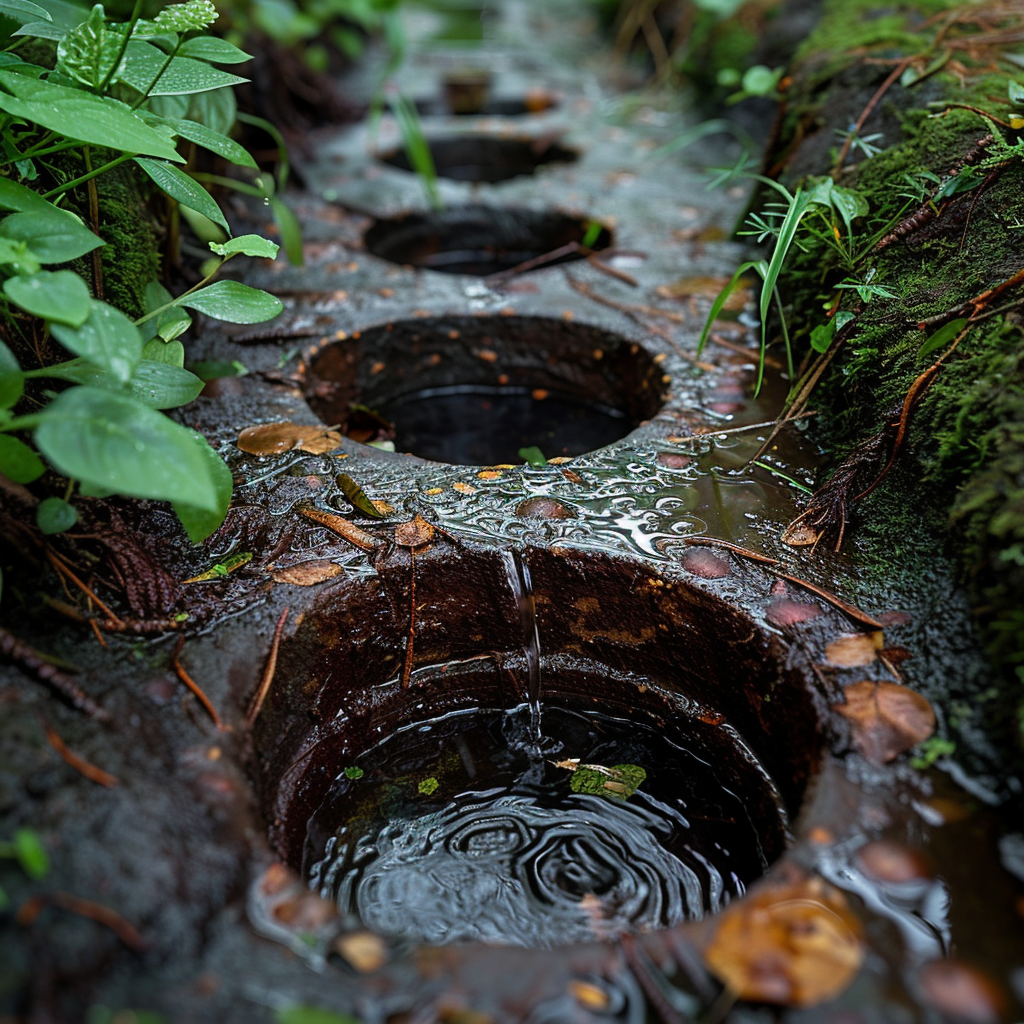
If you’re the DIY type, small fixes at home might be up your alley. But when it comes to a blocked drain field, you’ll need a pro’s help. Experts at septic services come with high-tech gear and know-how for these situations. They’ve got the right skills to fix or refresh broken septic systems without any trouble. So, when you’re facing big issues or need fancy tools, make sure to call in an experienced professional.
Mechanical Solutions
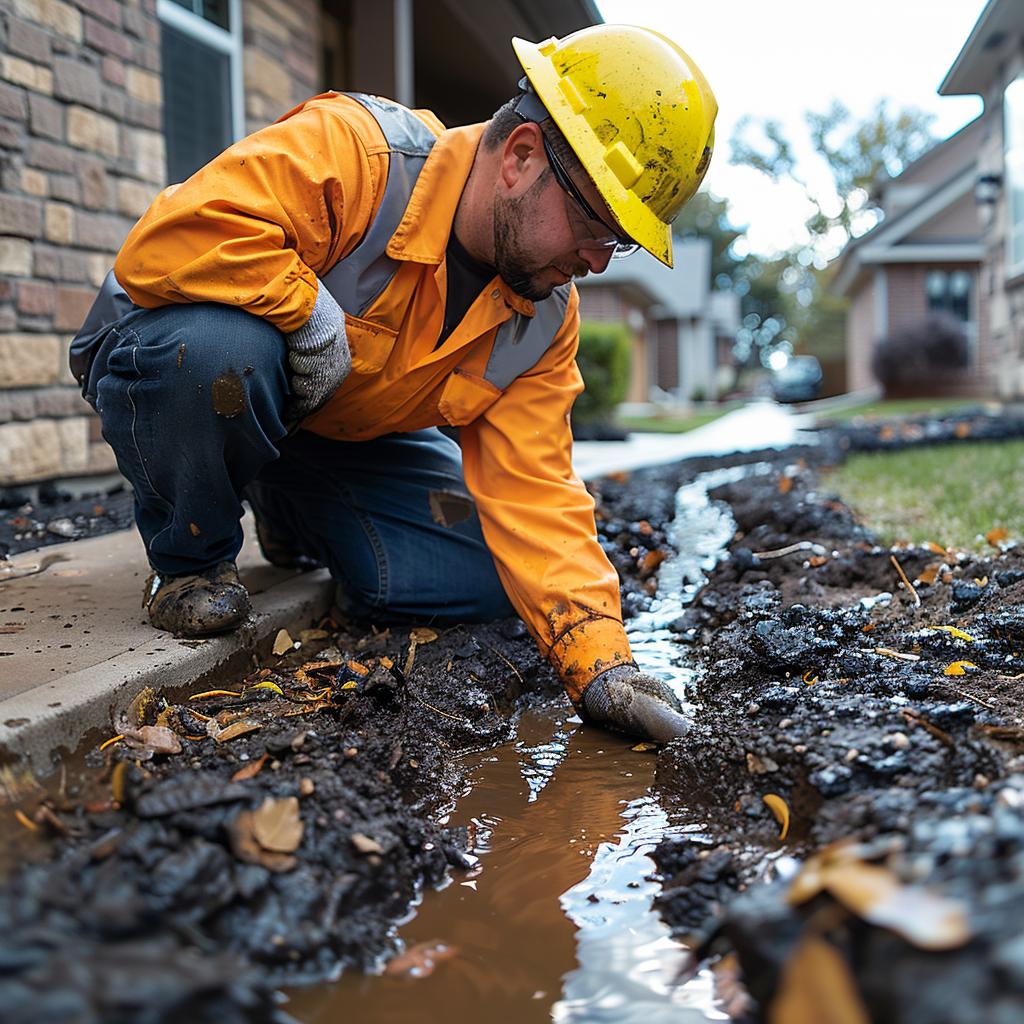
If your drain field is clogged, using tools to fix the problem often works well. This method uses stuff like drain snakes or water jets that spray really hard to bust up and get rid of stuff blocking the flow. These tools can go into the ground and take out things like roots or really packed-in dirt so water can run through again.
Aeration Techniques
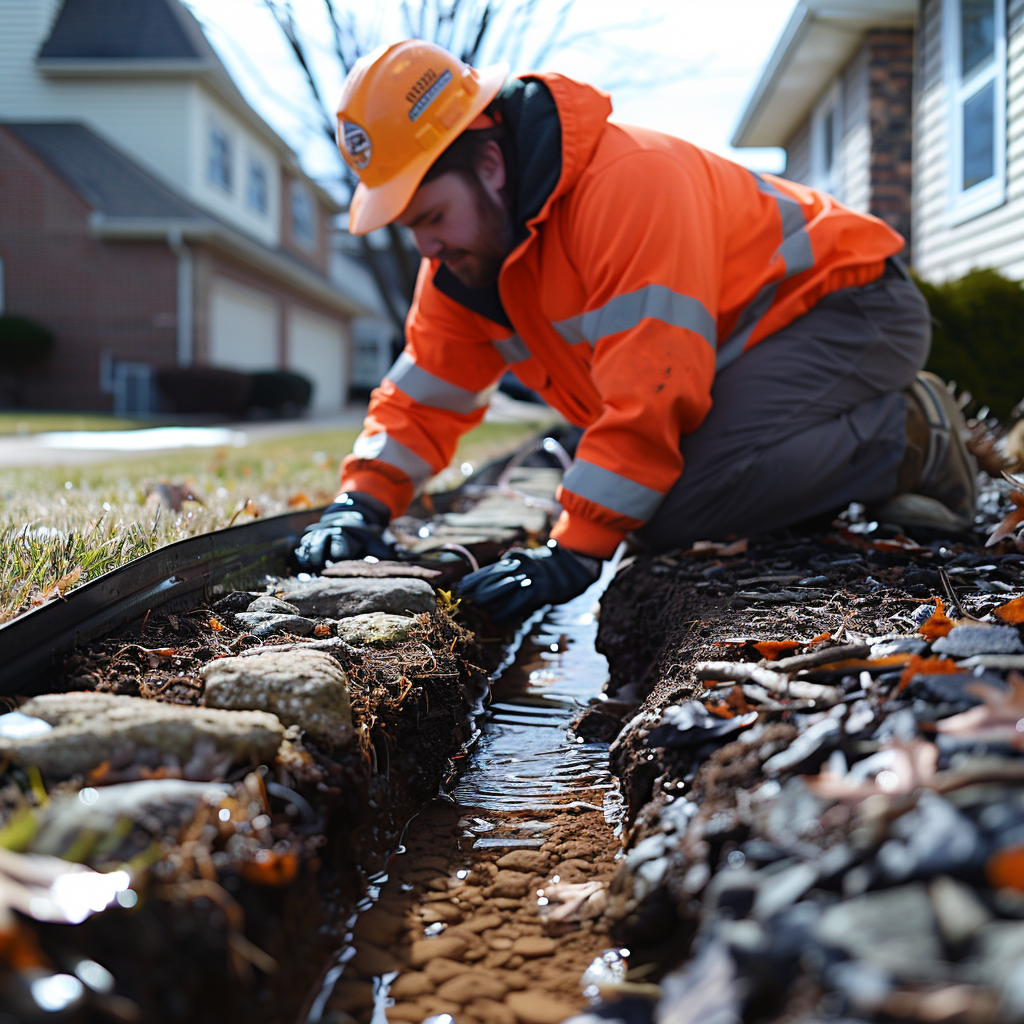
When you aerate your drain field, you’re pumping more oxygen into the dirt. This oxygen is super important because it helps the good bacteria in the soil break down waste like pros. You can stick hollow pipes in the ground to get air down there, or use fancy machines made just for this job. Doing this amps up the bacteria’s waste-crushing power and makes your septic system work better.
Physical Removal of Obstructions
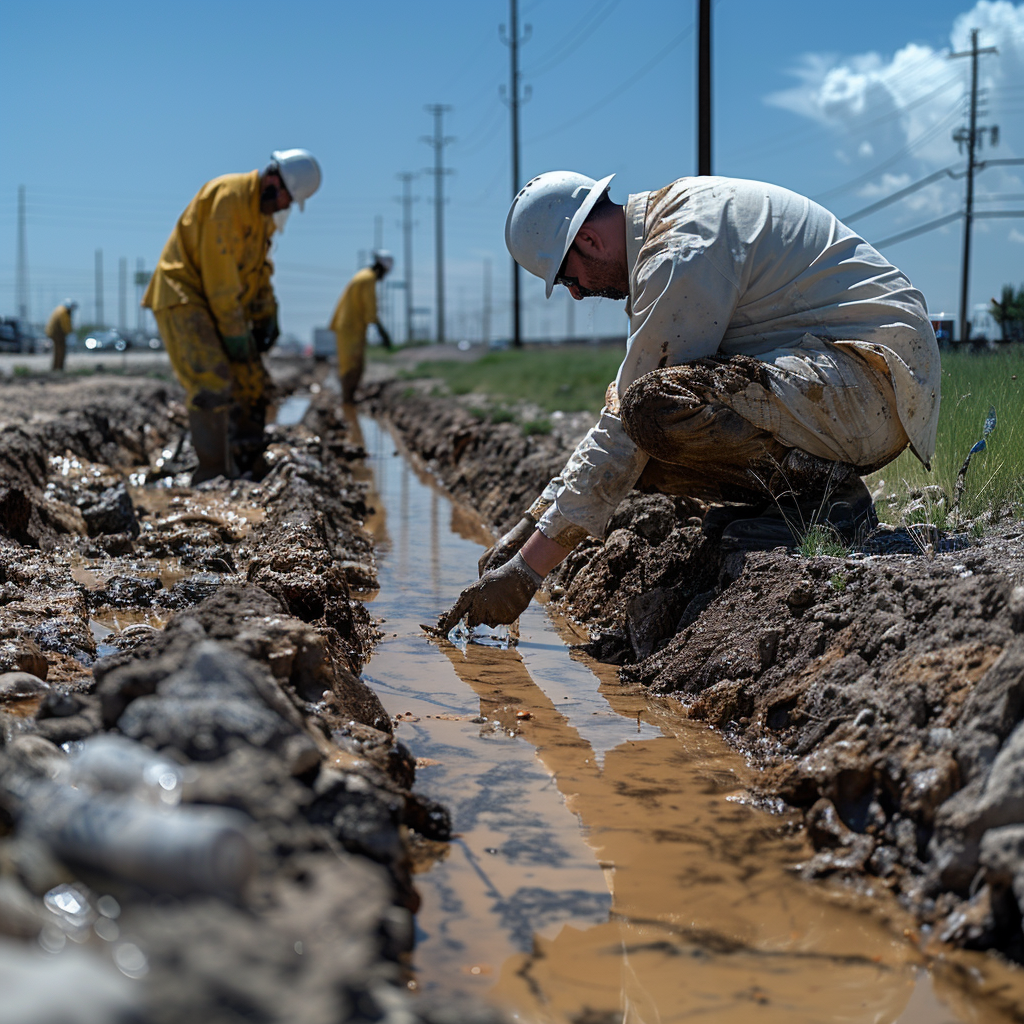
If tree roots or solid buildup are in the way, you might have to take them out by hand. This involves digging up parts of your drainage area. You need to do this gently so you don’t make things worse. When you’ve cleared these blockages, your drain field should work right once more.
Biological Solutions
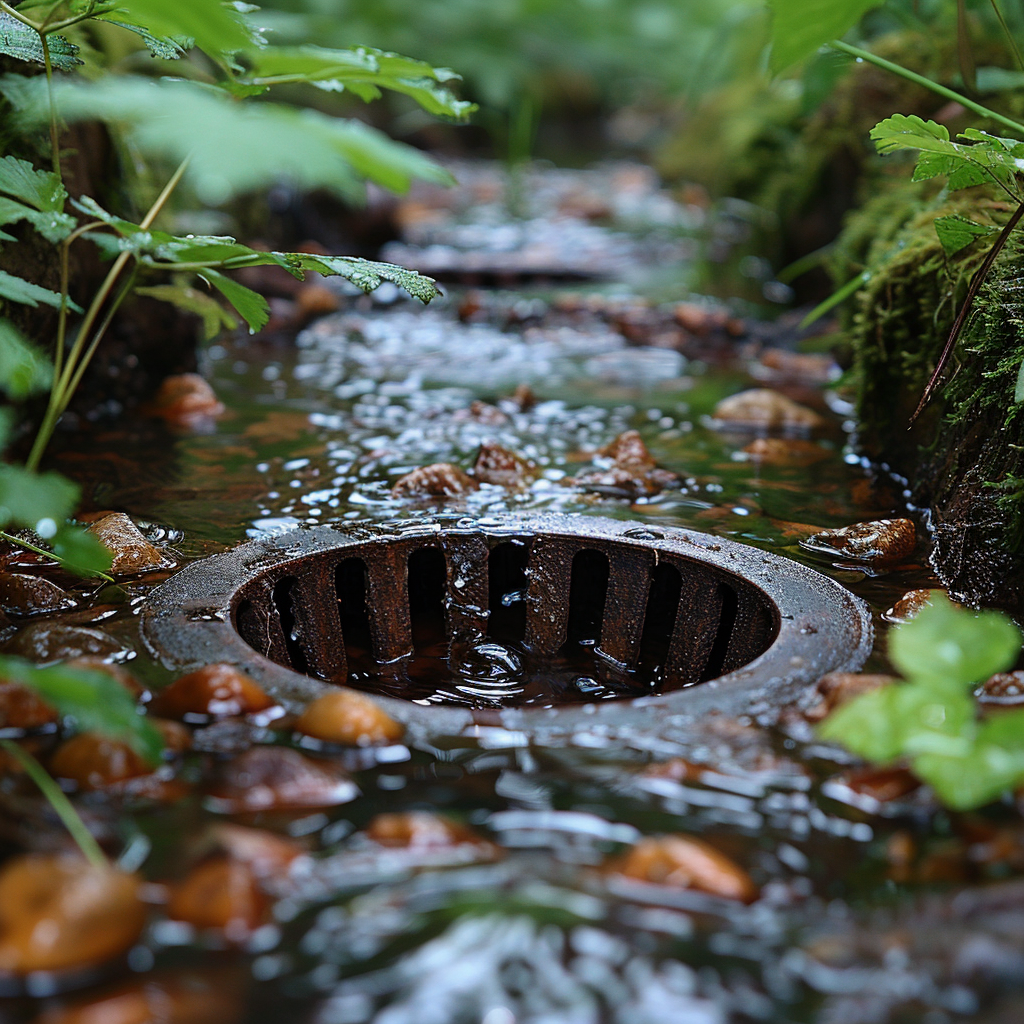
When you choose a biological solution, you’re using nature’s methods to fix a clogged drain field. You can use bacterial additives, which are stuff with good bacteria and enzymes. They eat away at the organic gunk blocking your pipes. Or, you could go for organic shock treatments. They pump up the amount of bacteria and get them working harder to break down tough clog-makers like grease or soap.
Bacterial Additives
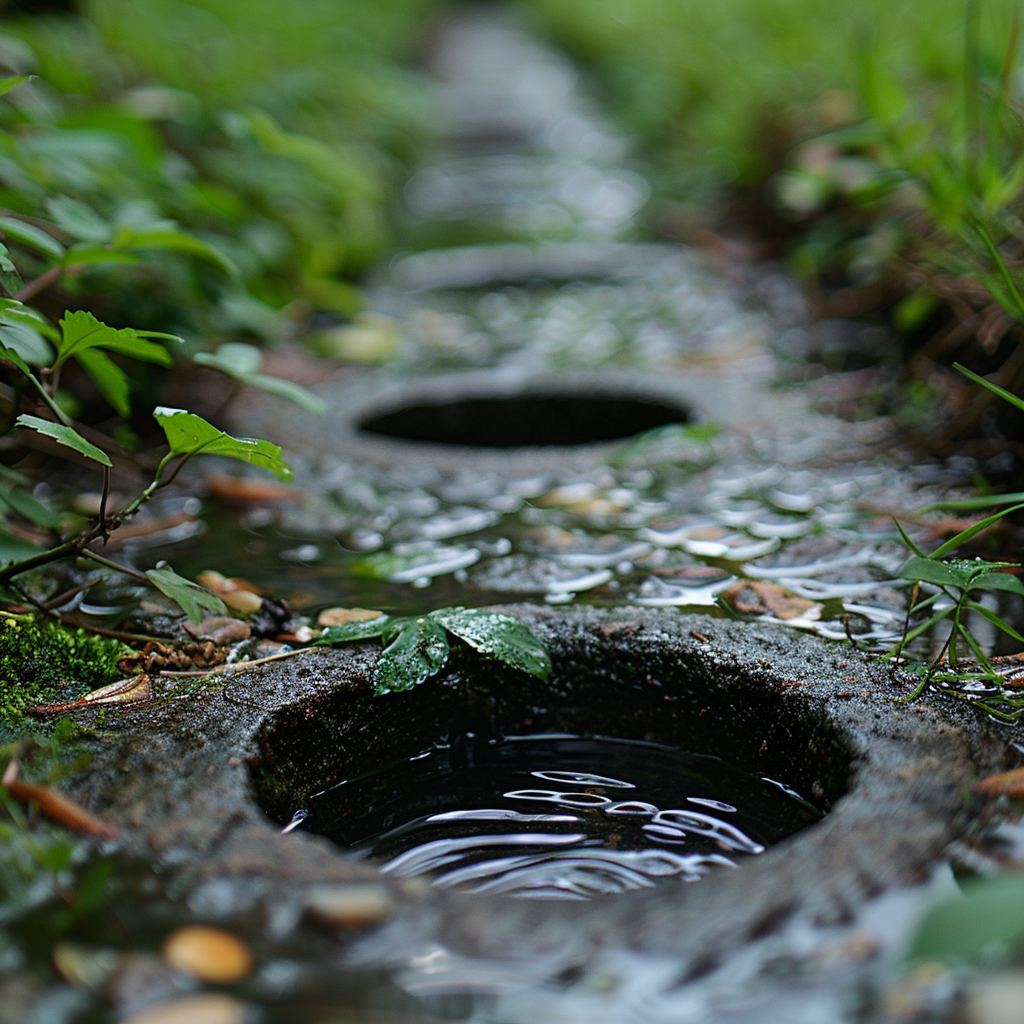
Bacterial additives are special mixes that improve the microbe balance in your septic system. Using them often helps keep a good amount of bacterial action, which naturally keeps the drainfield clean.
Organic Shock Treatments
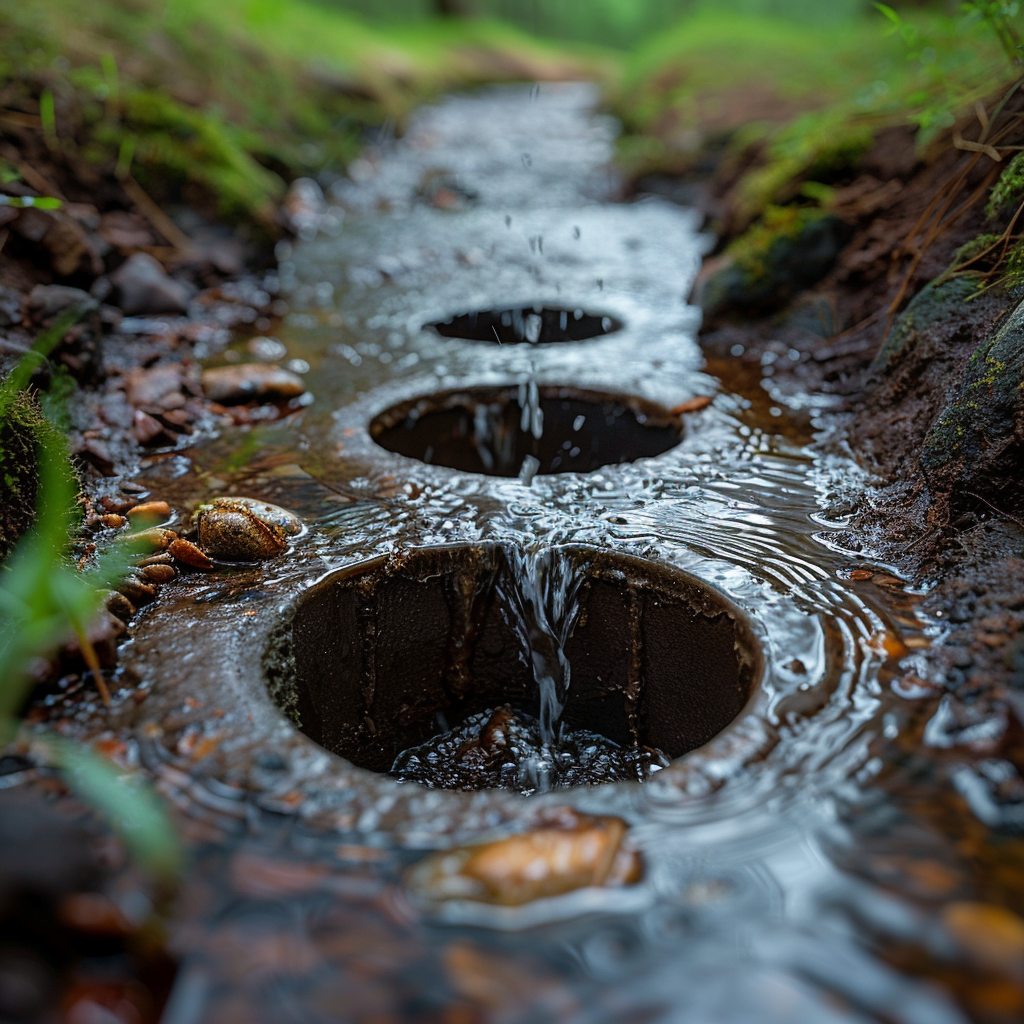
When you give your septic system an organic shock treatment, you’re basically throwing in stuff like yeast or similar natural bits and pieces. This gives the slacking bacteria in there a wake-up call to get their act together. It helps them munch through waste better.
Chemical Solutions
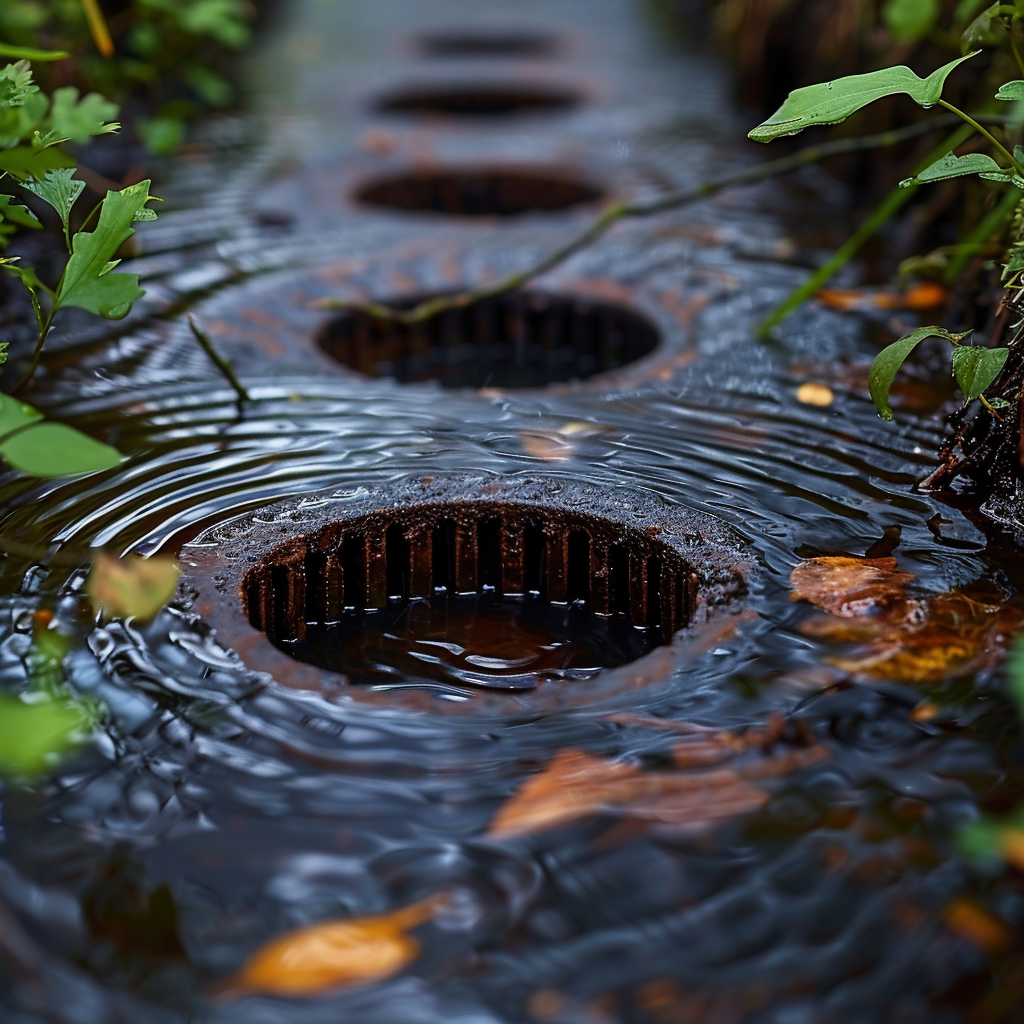
Chemical solutions can fix drainage problems, but you have to be careful. You should only use certain chemicals that won’t harm good bacteria or pollute the environment. Always choose products made for septic systems and follow the instructions closely.
Appropriate Chemicals for Drain Field Treatment
You can use drain cleaners that are safe for septic systems. These won’t mess up the balance of bacteria in your system. Make sure the product you pick says it’s okay to use with septic systems.
Risks and Precautions
Using chemicals can kill the helpful bacteria in your septic system or even poison the water underground. Wear safety gear, don’t overdo it with the amount, and opt for chemicals that won’t hurt the environment when you can.
If your drain field is clogged, you have a few ways to fix it. It could mean breaking up soil or changing out parts. The method depends on how bad the clog is and what shape your septic system is in.
Soil Fracturing
For compacted soil, there’s a cool method called soil fracturing. It involves putting rods into the ground that shoot air or water really hard to break up the soil. This helps water move better and makes the drain field work more efficiently. They might also add stuff to grow more bacteria which helps take care of the waste.
Drain Field Rejuvenation
Anothr option is making your whole drain field fresh again. This means cleaning pipes and fixing up the soil around them. Usually, you start by emptying the septic tank and then blasting the pipes with strong water to clean them out. Afterwards, they add special chemicals or tiny organisms to help get the bacteria going again.
Replacement of Components
But if none of those fixes work or if parts are just too damaged, you may need to replace bits of your septic system. Things like pipes, tanks, or boxes that spread out the liquids might need to be swapped out. This involves digging out the old parts and putting new ones in their place—ones that meet modern standards so your system runs smoothly.
Taking care of your septic system is key; otherwise, it could completely fail. Regular checks and cleanings, plus being careful about what you flush down the toilet or pour down the sink will make your drain field last longer. Dealing with problems early and using these repair methods can save you trouble and money down the line.
Keeping an Eye on the Drain Field’s Healing
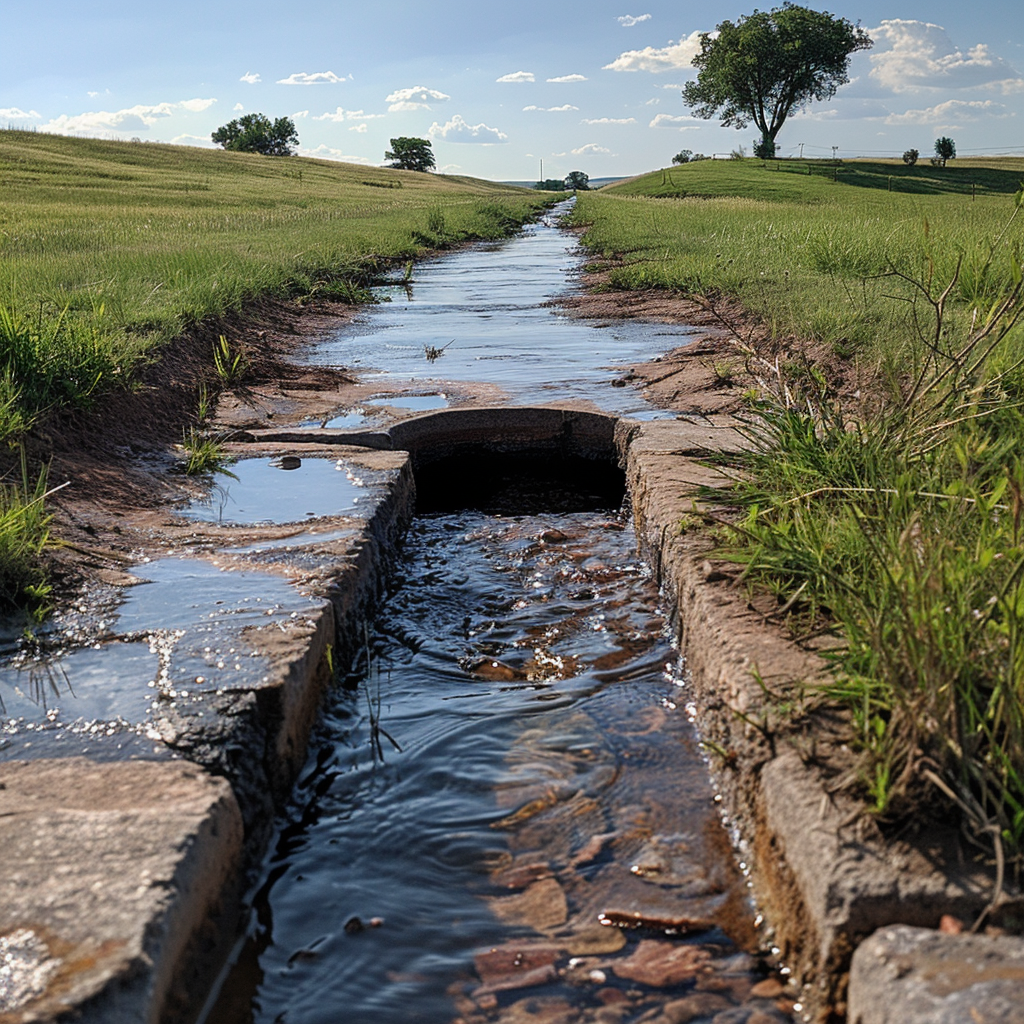
Once you’ve managed to clear a clog in your drain field, it’s important to watch its recovery closely. Stay alert for any ongoing problems or hints of new blockages. Look for places where water gathers on the ground or spots that look greener than normal—these could be a sign that something’s not right below the surface. Also, keep your nose open for any bad smells—stinky scents often mean your drain field isn’t working as it should.
Adjusting Maintenance Schedules
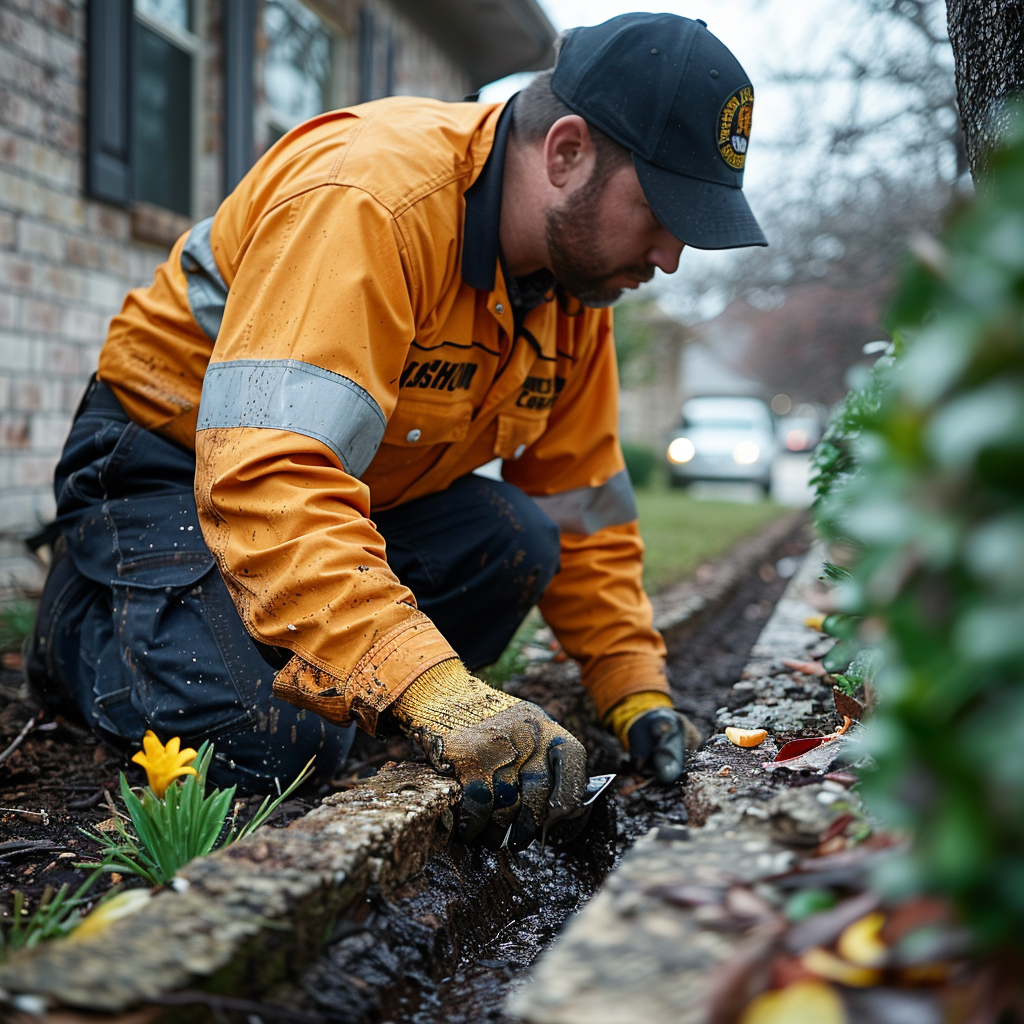
After clearing a blockage, it’s smart to look at your maintenance habits and make some changes if needed. You may need to pump out your septic tank or check it more often, depending on why it got blocked. Make sure you have a good routine for getting rid of trash and steer clear of things that can cause problems, like dumping grease in the sink or flushing stuff that won’t break down. Also, using less water at home can ease the pressure on your drain field and help it last longer.
Care Tips for Drain Fields Over Time
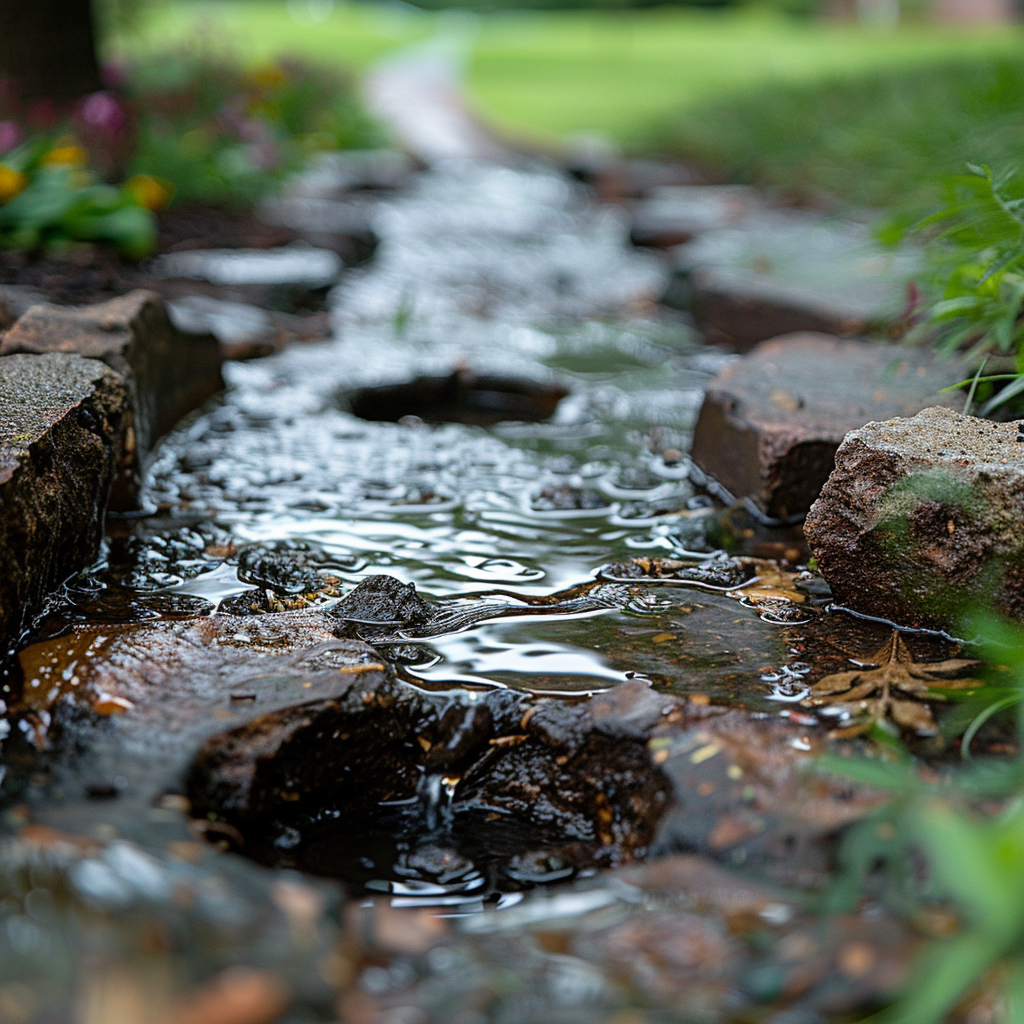
For long-lasting success with fewer problems, adopt strategies for looking after your drain field. Begin by tweaking your yard; opt for plants that have short roots to avoid them growing into pipes. Keep your septic system elements, like filters, clean and well-maintained for top performance.
Getting a pro to check out your system now and then can catch issues early on. Don’t forget, taking steps like these helps stop the same old troubles from popping up and keeps your septic system going strong.
When it’s time to unblock a drain field, stick to laws that matter—this makes sure everything’s safe and Earth-friendly. Laws about septic system upkeep aren’t all the same everywhere, so it’s key to check with local governments about what you need to do.
Also, take care of waste the right way. Dumping it poorly could mess up the environment and be dangerous to people’s health. So, it’s smart to learn about how to toss waste in an Earth-friendly manner from local health or environment offices.
The last thing to think about is how your actions affect the world around us, especially the water under the ground. Pick the chemicals or methods for cleaning your drain field carefully—they could leak into the dirt or water close by. This kind of pollution could hurt nature and people’s health for a long time.
Unclogging a Drain Field: Steps
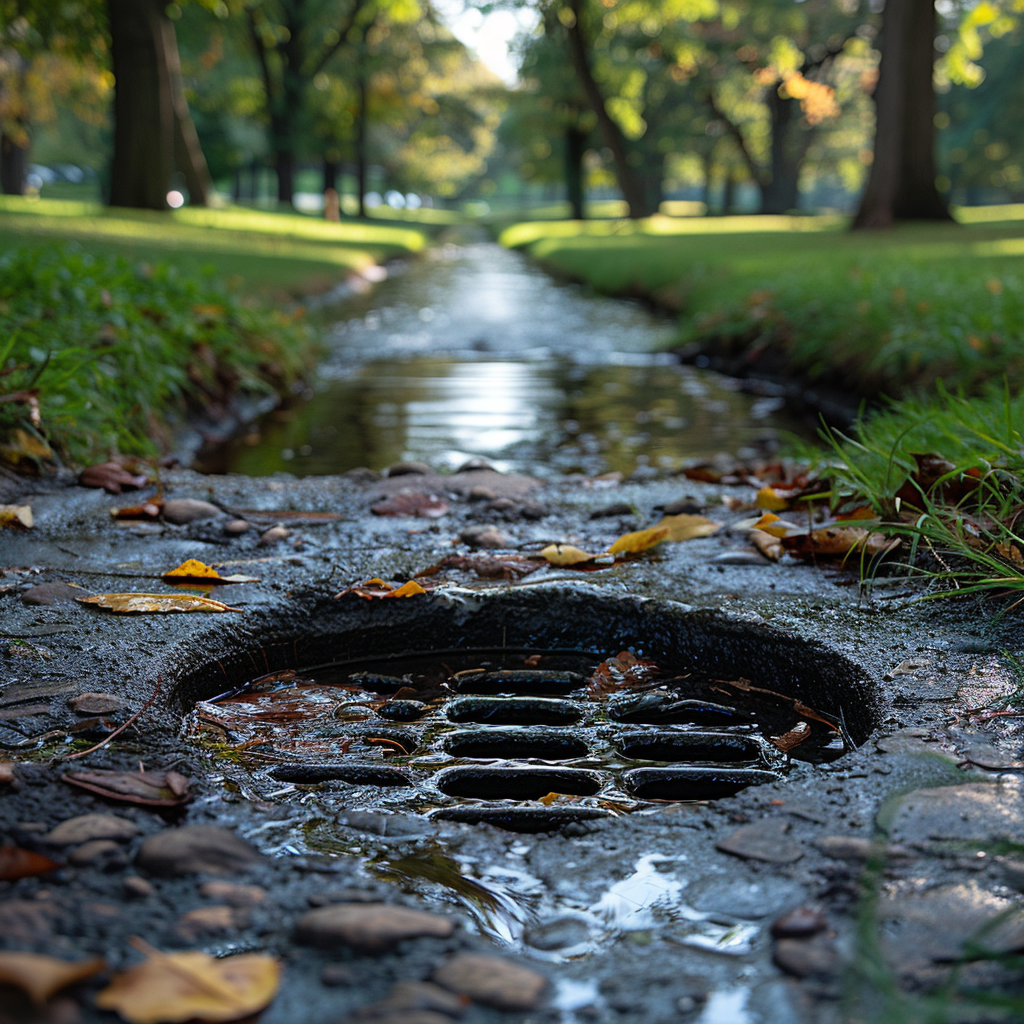
First, you need to figure out what’s causing the blockage. After you know why the drain field is clogged, gather the right tools and safety gear to use. It’s important to do this work carefully so you don’t damage the drain field even more.
2. Pumping the Septic Tank
Emptying the septic tank can relieve pressure on the drain field and may fix small blockages. To avoid clogs, make sure to pump your tank regularly.
3. Flushing the Lines
Water can help clear out blockages, but if solid waste is the problem, you might need something stronger like a drain snake.
4. Adding Bacteria or Chemicals
Pouring extra bacteria into the system helps break down organic stuff that’s plugging up the field. You can also use chemicals made for septic systems, but be careful—they can harm the environment.
5. Physical Repair or Replacement
If the other methods don’t work, you might need to fix parts of the system or completely replace the drain field.
6. Consulting Professionals
If nothing you try works, it’s time to call the pros. They’ve got the knowledge and tools to fix complicated issues with your septic system.
So, when you’re working on a clogged drain field, remember to respect the laws and protect nature. Taking care of these problems wisely reduces risks and is better for the planet in the long run.
What We Can Learn from Mistakes
Many attempts at unclogging drains don’t work because people don’t figure out what’s really wrong first. For instance, one mess-up happened when a treatment meant for organic clogs was used on mineral deposits instead, which actually need physical removal. This highlights how vital it is to know the kind of blockage you’re dealing with before you take action.
Top Tips from Those Who Know
- Stay on Top of Maintenance: Keep soil from packing down above the drain field and pump your tank on schedule to sidestep troubles.
- Go Easy on Chemicals: Intense chemicals can wipe out good bacteria in your setup and you should use them only when needed.
- Get It Right: Bring in pros who can pinpoint the exact problem to ensure they fix it the right way.
Frequently Asked Questions (FAQ)
Can installing a root barrier save my leach field pipes from invasion by tree roots?
Yes, a root barrier is an effective solution to protect your leach field pipes from being penetrated and clogged by tree roots. These barriers are specifically designed to deflect roots away from pipelines, safeguarding the integrity of your drainage system.
What should I look for when I suspect a blockage in my leach pipe?
Signs of a leach pipe blockage include water pooling in your yard, unpleasant stench around the drain field area, slow drains within your home, and lush patches of grass over the leach field. You may also observe backing up of wastewater through lower drains in the property.
Are there any specialist techniques for clearing mud and silt from a clogged drain field?
Professional specialists often utilize expert techniques involving high-pressure water streams from a sewer jetter hose or a drum auger with a rotating head to break apart and wash away the accumulation of mud and silt in a clogged drain field.
How do I determine if the standing water on my property is due to leach system pipes failure?
To ascertain whether standing water on your property is linked to leach system pipes failure, conduct a CCTV survey of the pipes for clear visuals of any damage or clogs. Also, ground saturation near the leach field without recent rainfall can be an alarming sign of system failure.
What is the role of bacteria additives in addressing septic system clogs?
Bacteria additives serve to enhance the natural breakdown of organic contaminants within the septic tank and leach fields. They can help prevent clogs by digesting solid waste materials efficiently, thus maintaining a free-flowing septic system.
Can high pressure washers be used safely to remove blockages in drain pipes?
Pressure washers fitted with specialized sewer jetter nozzles can indeed be used to dislodge and remove blockages in drain pipes. It’s important to utilize the equipment correctly to avoid damaging the pipes, so following Home Expert Advice or seeking professional service is recommended.
How can I prevent drain field issues associated with excess water runoff from rain?
To mitigate drain field issues from rainwater runoff, ensure proper landscaping to divert excess water away. Also make sure gutter downspouts aren’t directing water towards the drainage field area, which could saturate soil and overload the system.
If I need to hire tradespeople to repair my drainage system, how can I find a reputable service?
For hiring tradespeople, start by searching online using your postcode as a search tool. Look for specialists with good reviews and verified credentials. Get multiple quotes, verify their insurance cover, and review ourPrivacy Notice before providing them with your email address or hiring them for the task.
In what way does consistent maintenance help prevent severe damage in septic systems?
Consistent maintenance like regular pumping, visual inspections for leaks or overrun, and avoiding flushing inappropriate materials down toilets can all significantly reduce the risk of severe damage to septic systems by catching issues early on and preventing systemic failures.
What equipment would an expert most likely use for locating a clog within my septic system?
Experts typically utilize electronic locators in combination with a camera for sight-checking inside the system, drain rods for physical probing, and soil probes to determine if there’s subsurface saturation indicating a clog in specific areas of the septic system.

I’m Tim Robberts, a seasoned wastewater treatment & septic system expert with over 40 years of experience in the field. My career began as a septic tank installer, and I quickly gained a reputation for my attention to detail and commitment to excellence. Over the years, I’ve honed my skills in designing, installing, and maintaining septic systems for residential and commercial properties.
